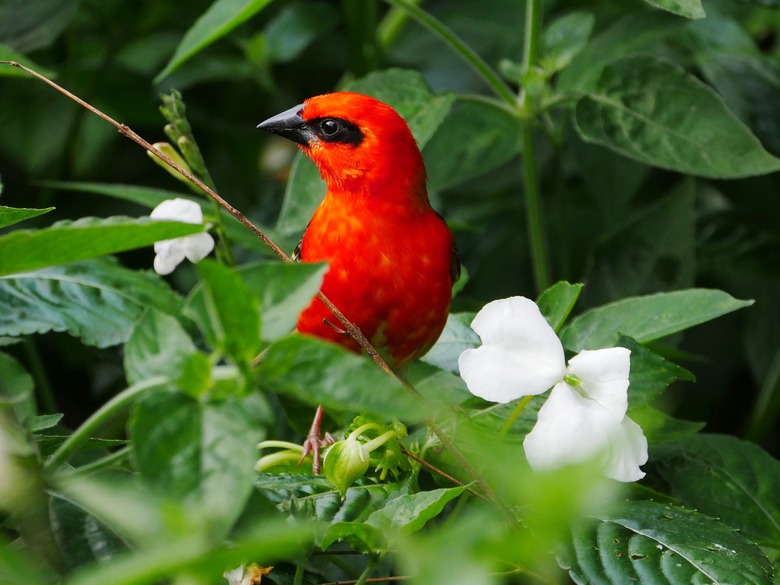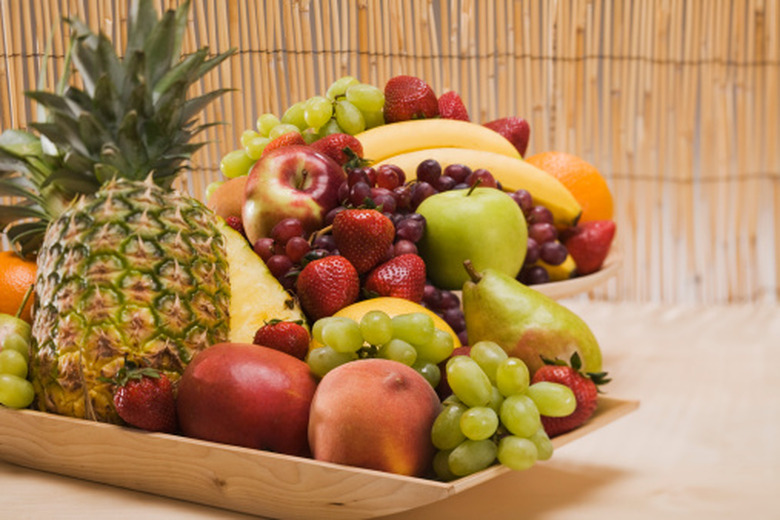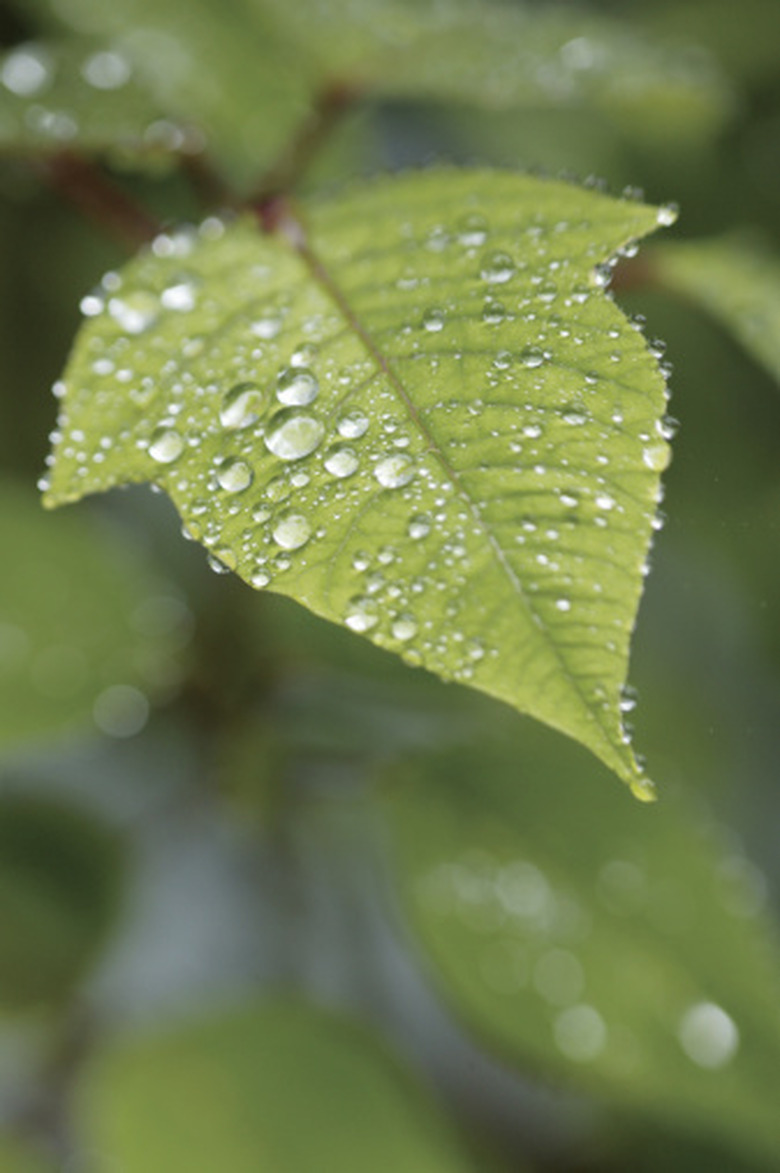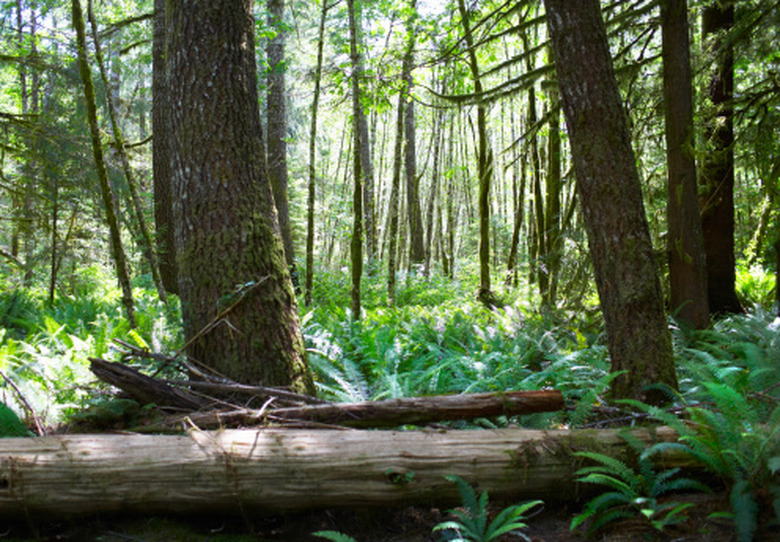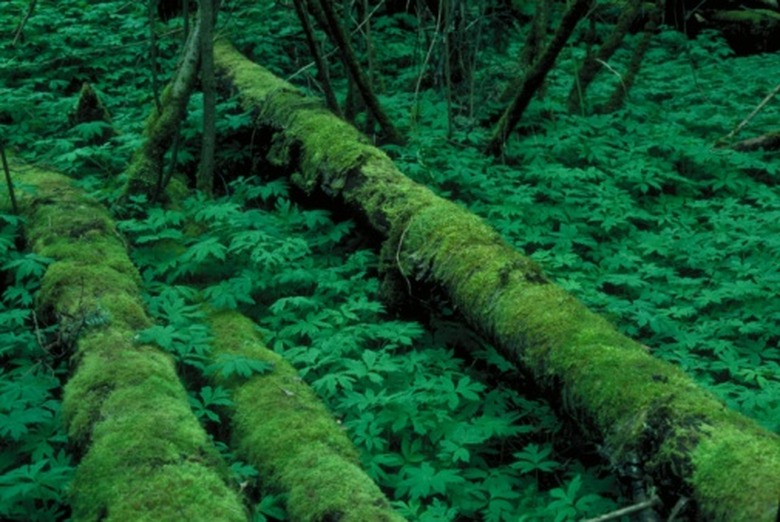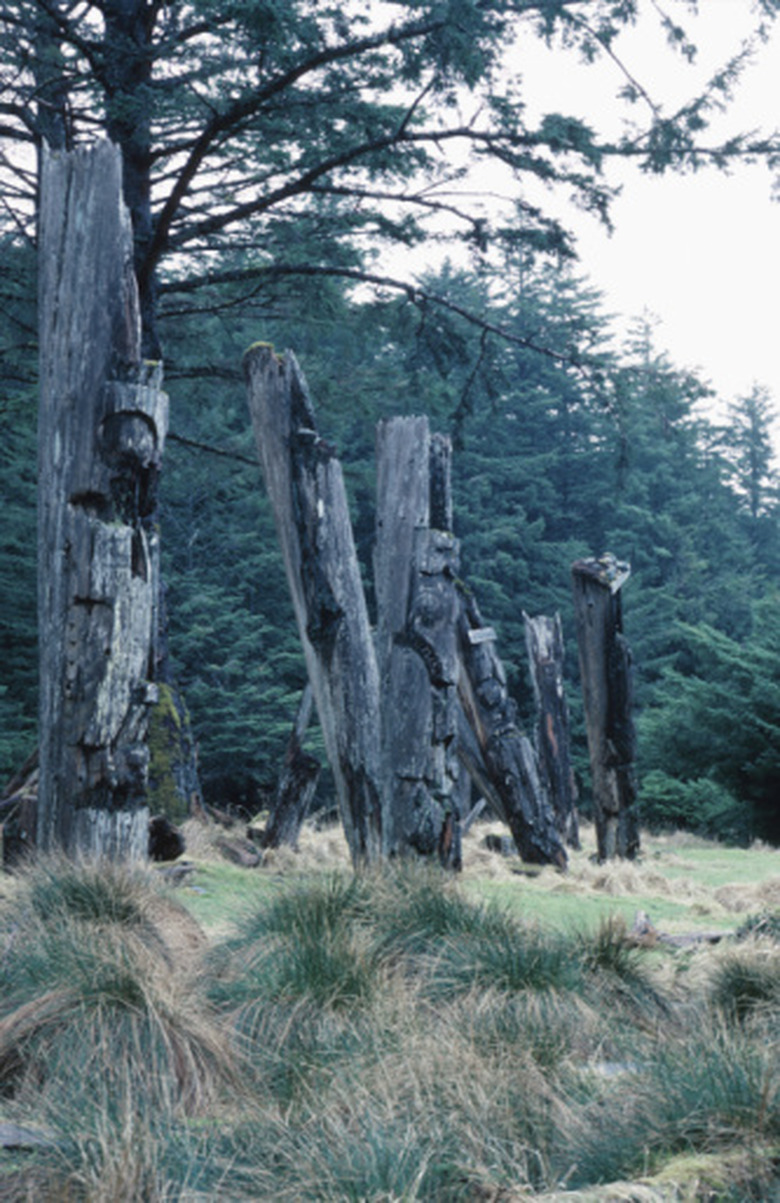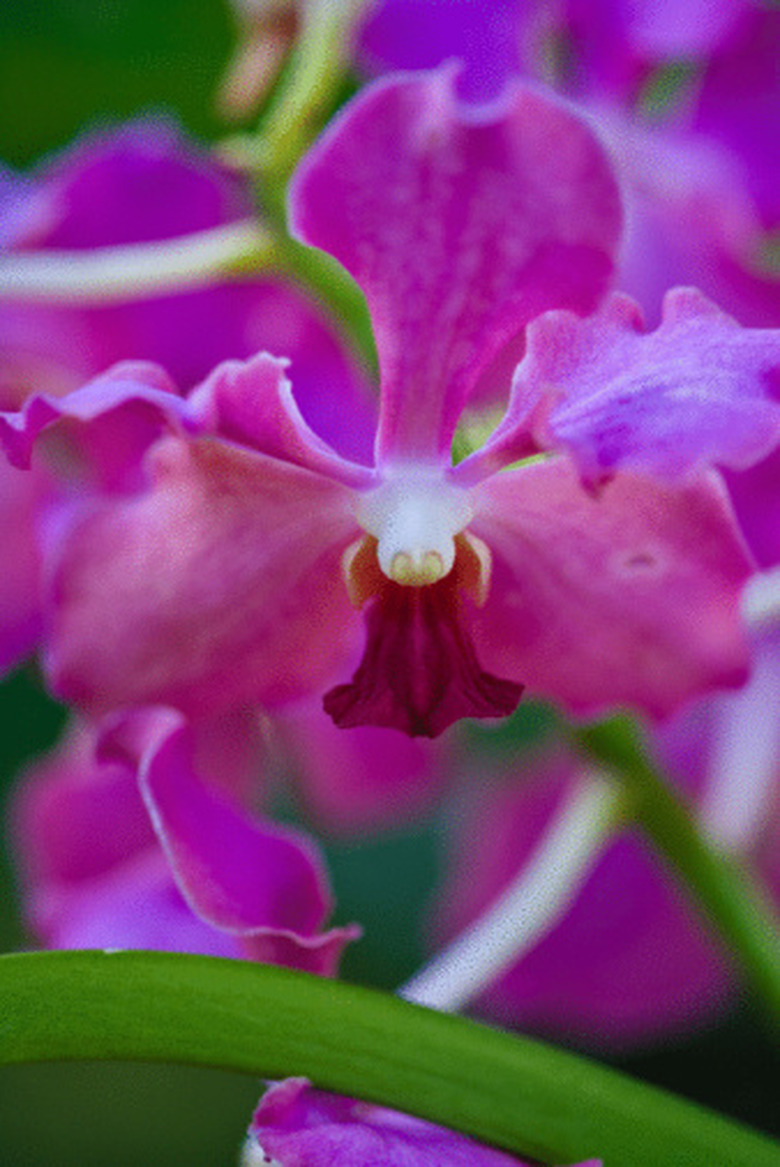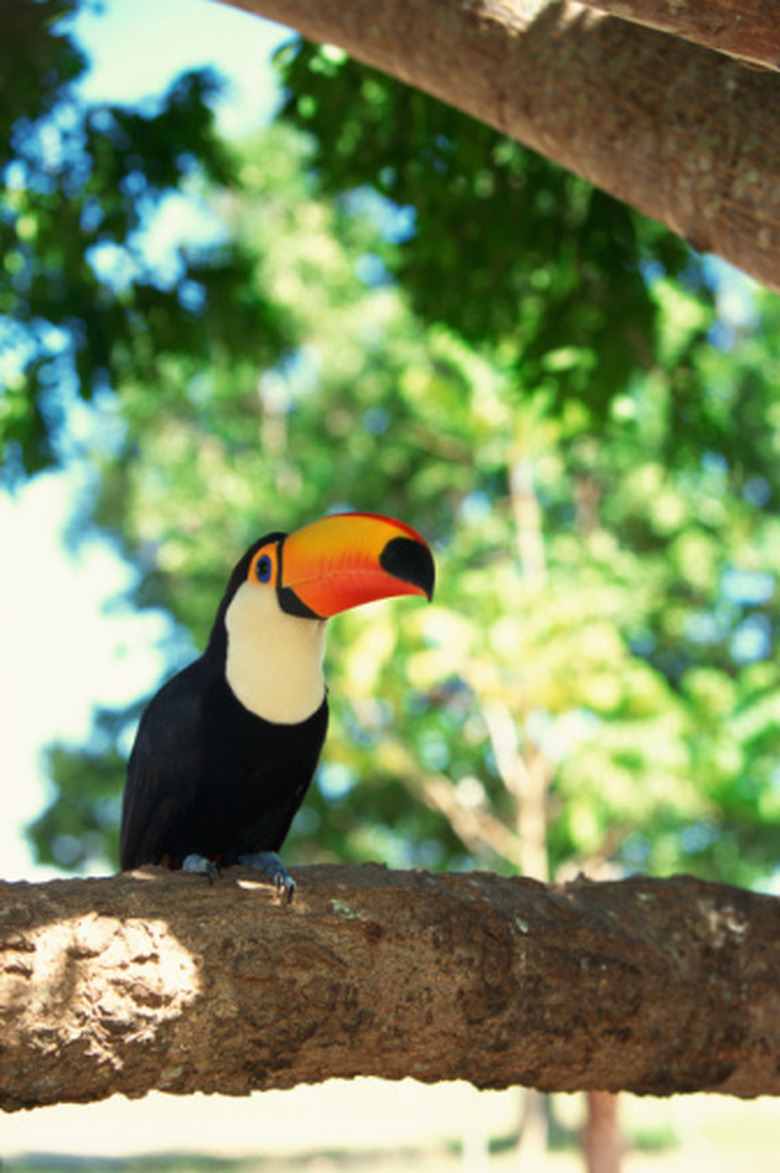10 Interesting Facts About The Tropical Rainforest Biome
Exotic, diverse, and wild, the world's rainforests extend from North to South across Earth. The rainforest biome nurtures thousands of plants and animals found nowhere else on this planet and provide many of our essentials for life. Modern civilization's progress has placed an increasing percentage of the world's rainforests in danger. Here are 10 interesting facts about the tropical rainforest.
1. Size and Location
1. Size and Location
Rainforests cover less than two percent of the Earth's total surface, according to The Nature Conservancy, but they are home to fifty percent of the Earth's plants and animals. This is in part due to the ideal climatic conditions of warmth and moisture for plant growth. Tropical rainforests can be found in South and Central America, Southeast Asia, Africa, South India, and Northeast Australia.
2. Medicine
2. Medicine
Tropical rainforests have given us important chemicals to treat or cure several different medical conditions including inflammation, rheumatism, diabetes, muscle tension, surgical complications, malaria, heart conditions, skin diseases, arthritis, glaucoma, cancer and hundreds of other maladies. Nearly 121 prescription drugs sold worldwide come from tropical rainforest plant-derived sources and 25% of Western pharmaceuticals are derived from rainforest ingredients; yet less than 1% of these tropical trees and plants have been tested by scientists.
3. Thermostat
3. Thermostat
Rainforests act as the world's thermostat by regulating temperatures and weather patterns, absorbing carbon dioxide from the air, storing the carbon and giving us oxygen. They are one of the world's primary carbon reservoirs and help to stop the emission of greenhouse gases, which can keep a huge amount of carbon from being released into the atmosphere.
4. Food
4. Food
At least 80% of the developed world's diet originated in the tropical rainforest. Its gifts to the world include fruits like avocados, coconuts, figs, oranges, lemons, grapefruit, bananas, guavas, pineapples, mangoes and tomatoes. It has also provided vegetables including corn, potatoes, winter squash and yams; spices like black pepper, cayenne, chocolate, cinnamon, cloves, ginger, sugar cane, tumeric, coffee and vanilla and nuts including Brazil nuts and cashews.
5. Equatorial Climate
5. Equatorial Climate
The tropical rainforest has a very constant climate and is very wet, having between 1500 and 2500 millimeters of rain each year. They experience rainfall nearly every day and there is no dry season. The tropical rainforest temperature is around 86 to 95 degrees Fahrenheit during the day and at night it drops to about 68 to 77 degrees Fahrenheit. There is little-to-no difference between the warmest and coolest months and the relative humidity is high year-round.
6. Layers
6. Layers
Rainforests consist of a system of layers known as the overstory/emergent layer, canopy, understory, and forest floor. These layers affect the amounts of sunlight and rain that reach plants lower in the forest. The overstory receives all-around sunlight. The canopy receives overhead sunlight, as does the understory, but the understory receives less. The forest floor receives very little sunlight at all. The layers are often so thick that it can take 10 minutes for rain to reach the forest floor.
7. Decomposition
7. Decomposition
Things decompose about 10 times quicker in tropical rainforests than in other biomes. The floor has a thin layer of leaves, seeds or fruits and branches that fall from the trees and it all decomposes fast and new material takes its place.
8. People
8. People
Most of the world's rainforests are populated by indigenous people. These are people who have been living there for thousands of years and live off of the land and depend on the rainforests for survival. Some people live in places that you can get to only by boat. They eat what the rainforests produce and practice shifting cultivation.
9. Plants
9. Plants
About half of the world's plant species can be found in the rainforest. Because it is warm and it rains the whole year, forests stay green. Trees lose their leaves and immediately grow new ones. The rainforest is the home of many plants: lianas, ferns, orchids and many kinds of tropical trees. Some plants that grow in the tropical rainforest are the rubber tree and palm tree.
10. Animals and Other Species
10. Animals and Other Species
Fish, reptiles, birds and insects also live in the rainforest and its rivers. Plants and animals need each other to survive within the rainforest system. The insects pollinate flowers which animals get food from, and the seeds from trees are often taken away by other animals and birds and dropped in faraway areas, in which they grow new plants. Some of the more popular animals that live in the tropical rainforest are the toucan, howler monkey, piranha, and gorilla.
Cite This Article
MLA
Rooney, Amanda. "10 Interesting Facts About The Tropical Rainforest Biome" sciencing.com, https://www.sciencing.com/10-interesting-tropical-rainforest-biome-8116227/. 22 November 2019.
APA
Rooney, Amanda. (2019, November 22). 10 Interesting Facts About The Tropical Rainforest Biome. sciencing.com. Retrieved from https://www.sciencing.com/10-interesting-tropical-rainforest-biome-8116227/
Chicago
Rooney, Amanda. 10 Interesting Facts About The Tropical Rainforest Biome last modified March 24, 2022. https://www.sciencing.com/10-interesting-tropical-rainforest-biome-8116227/
